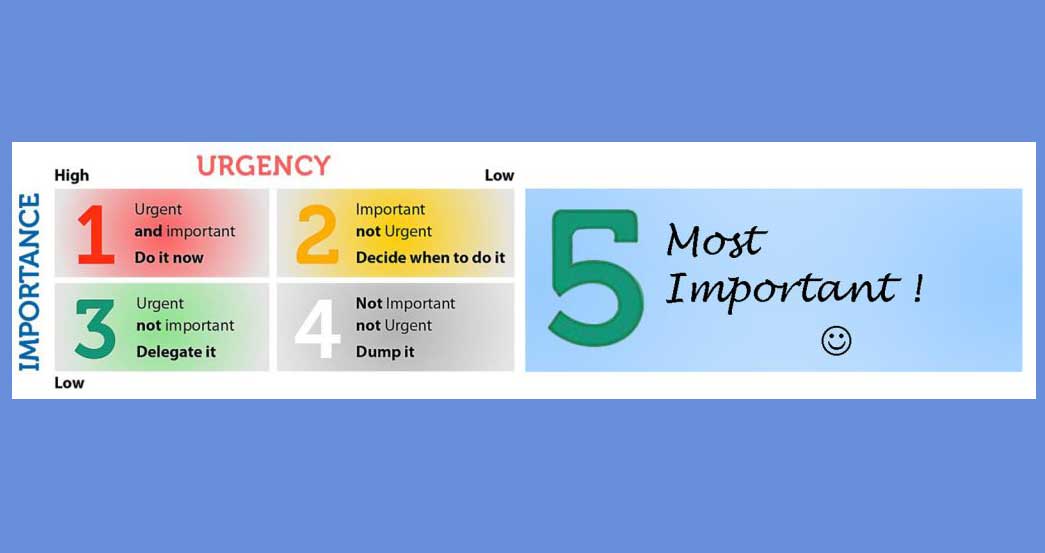Unlock an Extra Hour Daily: A Practical Exercise for Work-Life Balance

Imagine gaining an extra hour every day to spend with your family or away from the office. The best part? It won’t cost you a dime. All you need is a pen and paper.
Over the years, I have conducted this exercise with numerous clients, and the results have consistently been positive. On average, you become 10% more time-efficient after the first attempt, which translates to a whole extra hour each day in the real world.
The Exercise
This exercise will take just seven minutes to finish reading this post – and seven days to implement what you have read. For the next week, you will monitor your activities diligently, 24 hours a day. While this approach typically covers most cases, if your work doesn’t follow a typical weekly cycle, consider extending the monitoring period up to one month. Don’t worry; the only investment required is your time and commitment.
Here’s how to get started
- Get a notepad or download our daily form.
Using conventional writing accessories beats any gadget because you’ll keep the pad on your desk, and it will remind you to log your activities. - Divide the pages into columns, following the structure outlined below:
Let me explain the five categories that will guide your classification. For simplicity, I’d just have them numbered from 1 to 5: categories 1 through 4 being the four quadrants from Eisenhauer’s Matrix, and just one category 5 – for non-business activities.
– Category 1: These activities generate the most value, following the 20/80 rule. They likely already occupy approximately 20% of your workweek but contribute to 80% of your overall output.
– Category 2: This category represents activities that support your core work but don’t necessarily generate the highest value. Aim to allocate around 10% of your time to these tasks.
– Category 3: These activities involve delegating tasks, and empowering others to take responsibility. Remember, delegating means truly relinquishing control rather than doing or teaching someone how to do the job. Your target allocation here should be 10%.
– Category 4: By definition, this category should not exist. It represents time wasted on non-productive or unnecessary activities that contribute little or no value. Strive to eliminate Cat.4 completely.
– Category 5: This category covers non-business activities, allowing you to allocate time for personal pursuits, family, hobbies, and relaxation.
- Now comes the most important part: you have to be diligent and honest with yourself for the duration of your “test period.” As you must have noticed by now, there are only 24 hours in every day, so your daily and weekly reported activities must add up to 144 hours. After each day, take 15 minutes to tally up the hours spent in each category. This simple task will yield fascinating insights and enrich your understanding of how you spend your time.
The Revelation
As you progress through the week, you may find yourself downgrading activities initially labeled as Cat.1. By the end of the week, the average “busy manager” often discovers the following breakdown:- Time spent at work (including working from home): 60 hrs
– Cat.1 (highest value activities): approximately 15 hrs
– Cat.2, Cat.3, and Cat.4: approximately 15 hrs each
– Time spent outside of work: 108 hrs
Now comes the most important part: you have to be diligent and honest with yourself for the duration of your “test period.” As you must have noticed by now, there are only 24 hours in every day, so your daily and weekly reported activities must add up to 144 hours.
Allow yourself about 15 minutes every day – to tally up your hours per category. Trust me, the result will be interesting and mind enriching!
I will not be surprised if you label most of the Day 1 activities as “Cat.1.” In a day or two, if you are honest with yourself, you will probably downgrade many of them. By the end of the week, the average “busy manager” gets the following picture:
- Spent at work (including working from home): 60 hrs
- Time spent per category (1+2+3+4) is almost equal, about 15+15+15+15 hours.
- Time spent outside of work: 108 hrs.
A criminally high percentage of Cat.4 activities may be your first eye-opening discovery. Cat.4 must be 0 by definition!
Although your time breakdown follows the “natural” Pareto principle, with your most valuable activities (Cat.1) producing 80% of value take about 20% of your time, your objective is to reverse this split and prioritize spending 80% of your time on Cat.1 activities, with Cat.2 and Cat.3 receiving the remaining 20%.
With diligent dedication to Cat.1 tasks, you can significantly reduce the amount of time spent in the office. In fact, you can achieve remarkable efficiency gains without working 60 or even 40 hours. Consider the concept presented in “The 4-Hour Workweek” by Tim Ferriss, where the goal is not to cease working but to become 10 times more effective.
While I can’t promise a tenfold increase, I guarantee that within seven days of implementing this exercise, you will reclaim one extra hour each week.
Start small. Do this exercise. Work smart.
Share this exercise with your colleagues and let us hear your comments.
To check if your teamwork is efficient, try this test.

